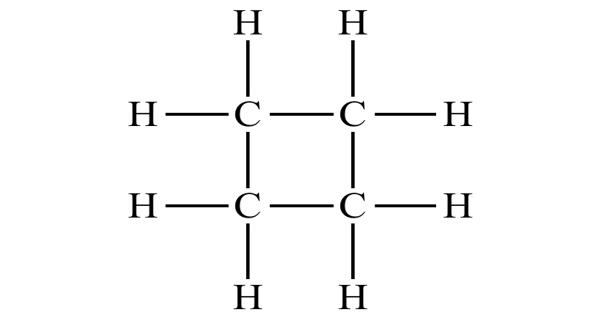Cracked phone screens may become a thing of the past as a result of groundbreaking research. The researchers have developed the technology to create next-generation composite glass for lighting LEDs as well as smartphones, television, and computer screens. The findings will enable the production of glass screens that are not only unbreakable but also provide crystal clear image quality.
Cracked phone screens may become a thing of the past as a result of groundbreaking research conducted at The University of Queensland. Researchers at the University of Queensland in Australia claim to have invented the next generation of composite glass, which they believe will aid in the future manufacture of unbreakable smartphone screens. While scientists have been working for years to develop unbreakable glass, the technology has largely remained out of reach.
Despite increased research in this area over the years, there is still no commercially viable solution, which means that despite various display protection technologies, glass remains as fragile and brittle as it has always been.
The emitting materials are lead-halide perovskites, which are nanocrystals. This discovery opens up a new generation of nanocrystal-glass composites for energy conversion and catalysis.
Dr. Jingwei Hou
The global research team, led by UQ’s Dr. Jingwei Hou, Professor Lianzhou Wang, and Professor Vicki Chen, has developed the technology to produce next-generation composite glass for lighting LEDs, smartphones, television, and computer screens. The discoveries will allow for the production of glass screens that are not only unbreakable but also provide crystal clear image quality.
According to Dr. Hou, the discovery is a huge step forward in perovskite nanocrystal technology because previously, researchers could only produce this technology in the bone-dry environment of a laboratory setting.
“The emitting materials are lead-halide perovskites, which are nanocrystals,” he explained. “They can harvest sunlight and convert it into renewable electricity, which is critical in low-cost, high-efficiency new generation solar cells and a wide range of promising applications such as lighting.”

According to ABC News, the new composite material developed by scientists at the University of Queensland could be used in a variety of devices such as smartphones, televisions, computers, and LED lights. Jingwei Hou, a chemical engineer and researcher, told ABC News that the new material would aid in the manufacture of unbreakable phone screens while also providing crystal-clear image quality. The secret ingredient in the new unbreakable glass, he claims, is ‘perovskite,’ a calcium titanium oxide crystal.
“Unfortunately, these nanocrystals are extremely sensitive to light, heat, air, and water; even water vapor in our atmosphere would kill the current devices in minutes. Our team of chemical engineers and material scientists created a method for wrapping or binding the nanocrystals in a porous glass. This process is critical for material stabilization, increasing efficiency, and preventing toxic lead ions from leaching out of the materials.”
According to Dr. Hou, the technology is scalable and opens the door to a wide range of applications. “At the moment, QLED or quantum dot light-emitting diode screens are regarded as the best performers in terms of image display and performance,” he said. “Through this research, we will be able to improve on this nanocrystal technology by providing stunning image quality and strength.”
Professor Vicky Chen described the development as “exciting.” “We can not only make these nanocrystals more robust, but we can also tune their opto-electronic properties to produce fantastic light emission efficiency and highly desirable white light LEDs,” Professor Chen explained.
“This discovery opens up a new generation of nanocrystal-glass composites for energy conversion and catalysis.” The findings have been published in the Journal of Science.
The new technology may also be capable of converting smartphone displays into solar panels that can be used to charge a phone by converting ambient light to electrical energy. According to Hou, a smartphone screen converts energy to light, whereas a solar panel converts energy to light, and the new material could usher in a future in which “one material can do both.” Of course, whether the latest technology can be scaled up for cost-effective mass production remains to be seen, but if it can, the promise of shatter-free screens that also act as a free charging solution is something that most smartphone buyers would welcome.
















